Planting and Mulching Tips for a Thriving Garden
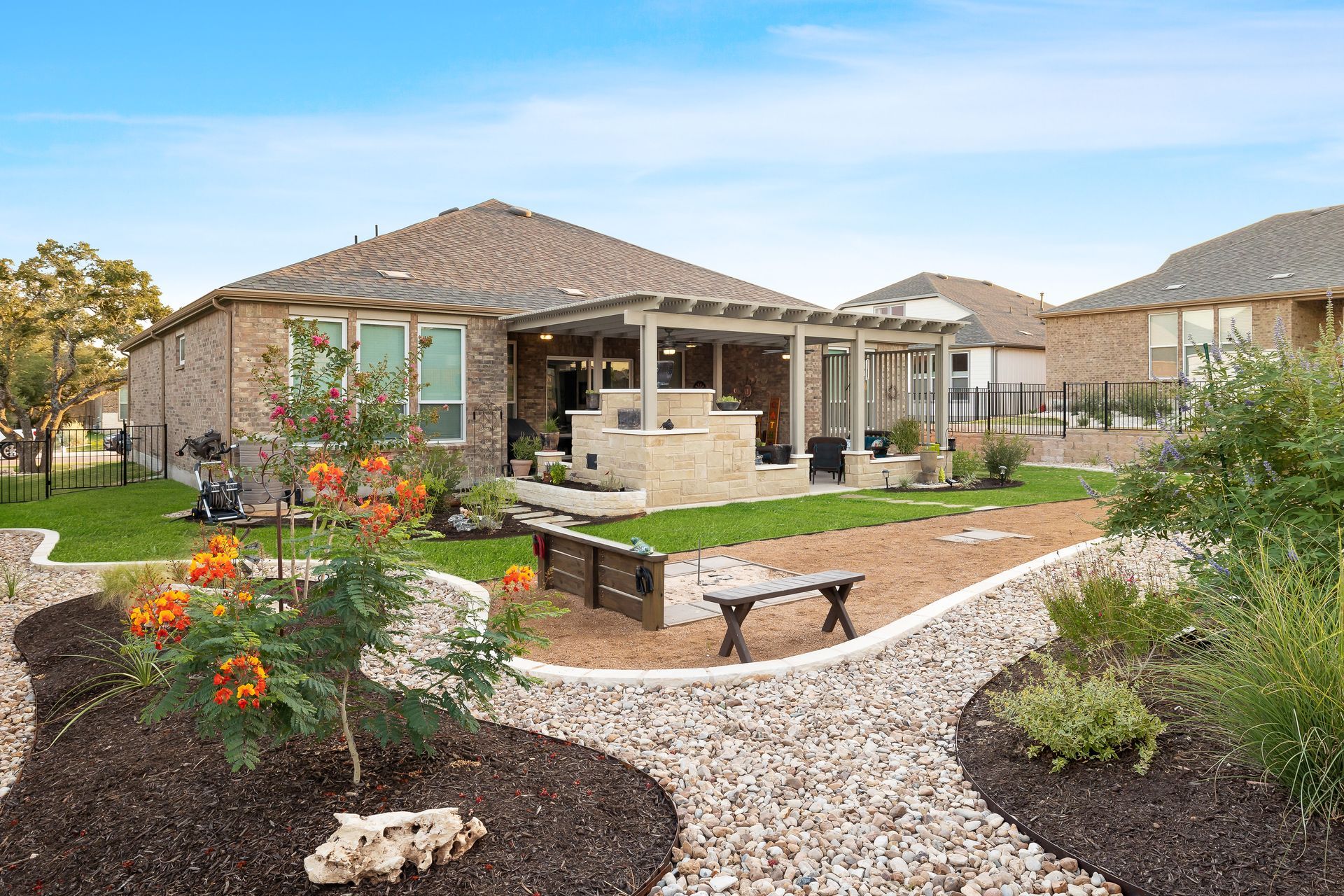
As October approaches, gardening enthusiasts are presented with an excellent opportunity to enhance their landscapes and prepare for the upcoming winter months. In this blog, we will explore why October is the perfect time for planting and the benefits of remulching existing flower beds. Whether you're a seasoned gardener or a novice, October offers a window of opportunity to ensure your garden thrives and flourishes through the winter season.
Planting in October: A Smart Choice
- Ideal Weather Conditions: One of the key reasons why October is an excellent time for planting is the favorable weather conditions. The scorching heat of summer has subsided, and the soil is still warm from the summer sun. This creates the perfect environment for your plants to establish strong root systems.
- Establishment Before Winter: When you plant in October, you give your new additions ample time to acclimate to their surroundings and develop sturdy roots. This ensures that they can withstand the challenges of winter, such as freezing temperatures and frost.
- Reduced Watering: Cooler temperatures in October mean reduced evaporation rates and less stress on newly planted vegetation. This translates to less frequent watering, saving you time and resources.
- Springtime Flourishing: By planting in October, you're setting the stage for a spectacular spring bloom. Your plants will have spent the winter establishing their roots, and when spring arrives, they will burst forth with vibrant growth and blossoms.
Remulching for Protection and Preservation
- Covering Drip Irrigation: Remulching in October serves a dual purpose. It not only helps in retaining moisture in the soil but also covers and protects your drip irrigation systems. Mulch acts as a barrier, shielding your irrigation lines from the harsh weather elements, ensuring they remain in good working condition.
- Weed Suppression: Mulch acts as a natural weed barrier, preventing weed growth by blocking sunlight from reaching weed seeds. By remulching your flower beds, you can significantly reduce the time and effort spent on weeding.
- Insulation Against Temperature Fluctuations: As winter approaches, the temperature can fluctuate drastically. Mulch acts as insulation, helping to stabilize soil temperatures. This can be especially beneficial for plants with shallow roots that are vulnerable to temperature extremes.
- Enhanced Soil Health: Over time, mulch breaks down and enriches the soil with organic matter. This improves soil structure and fertility, providing a healthier environment for your plants.
At Keller Commercial and Home Services, we're passionate about helping you achieve a beautiful and thriving garden. If you have any questions about planting in October, remulching, or any other landscaping concerns, don't hesitate to reach out to us for a free consultation. Our experts are here to provide you with guidance and solutions tailored to your specific needs.
October is the prime time for planting and remulching your garden. By taking advantage of the favorable weather conditions and allowing your plants to establish strong root systems, you're setting the stage for a thriving garden come springtime. Additionally, remulching your flower beds not only helps with weed control but also protects your drip irrigation systems and improves soil health. So, roll up your sleeves and make the most of this opportune gardening season – your garden will thank you! Contact Keller Commercial and Home Services today to get started on your garden transformation.
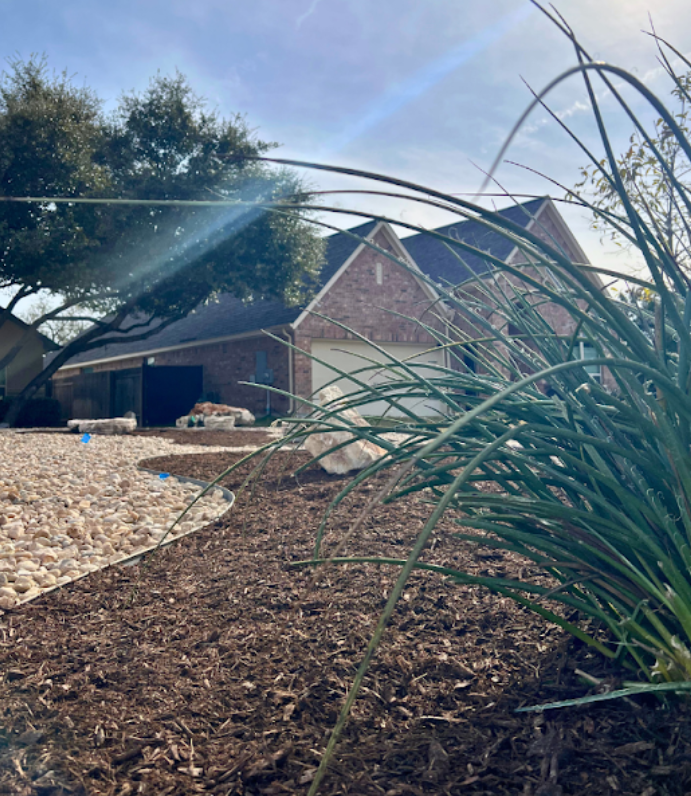
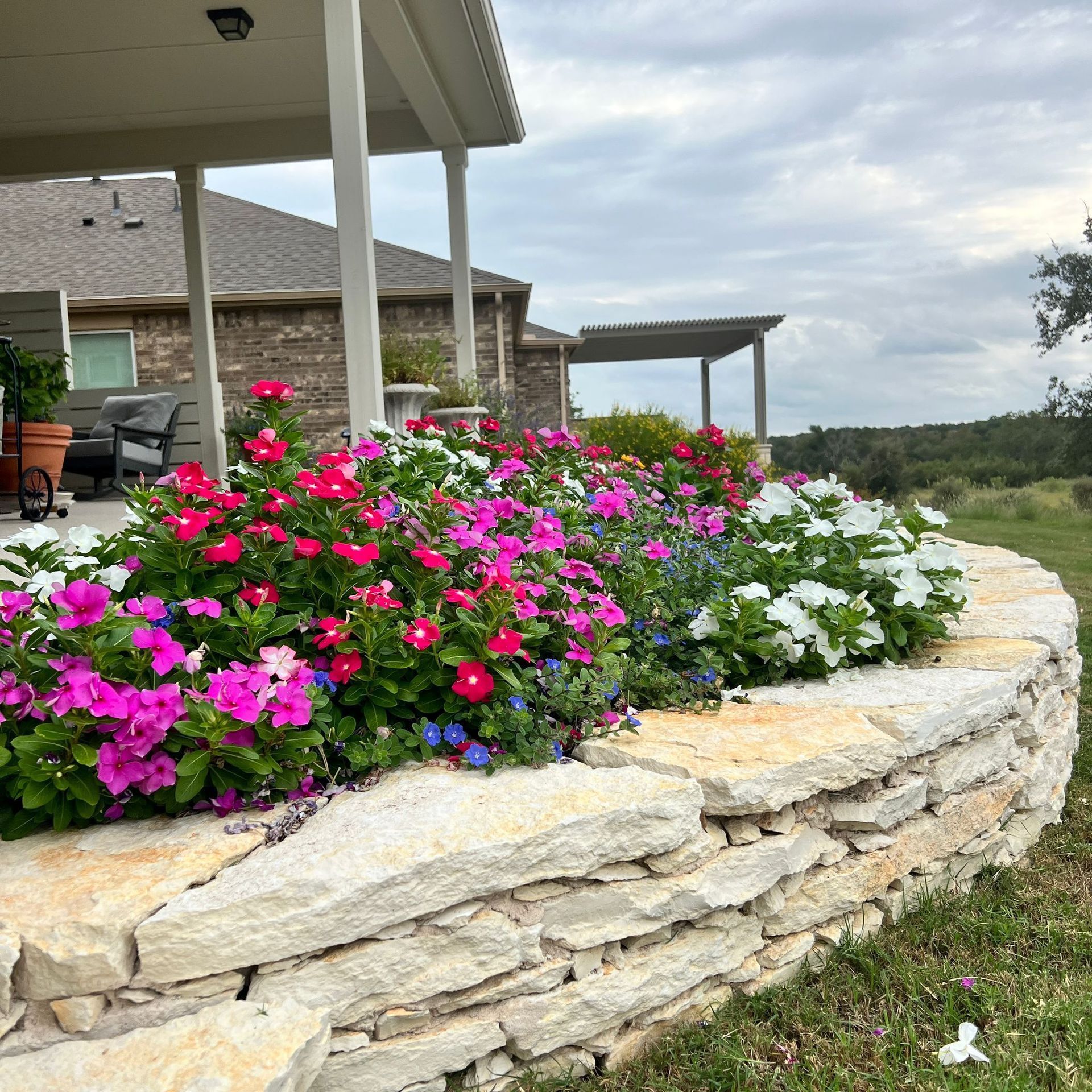
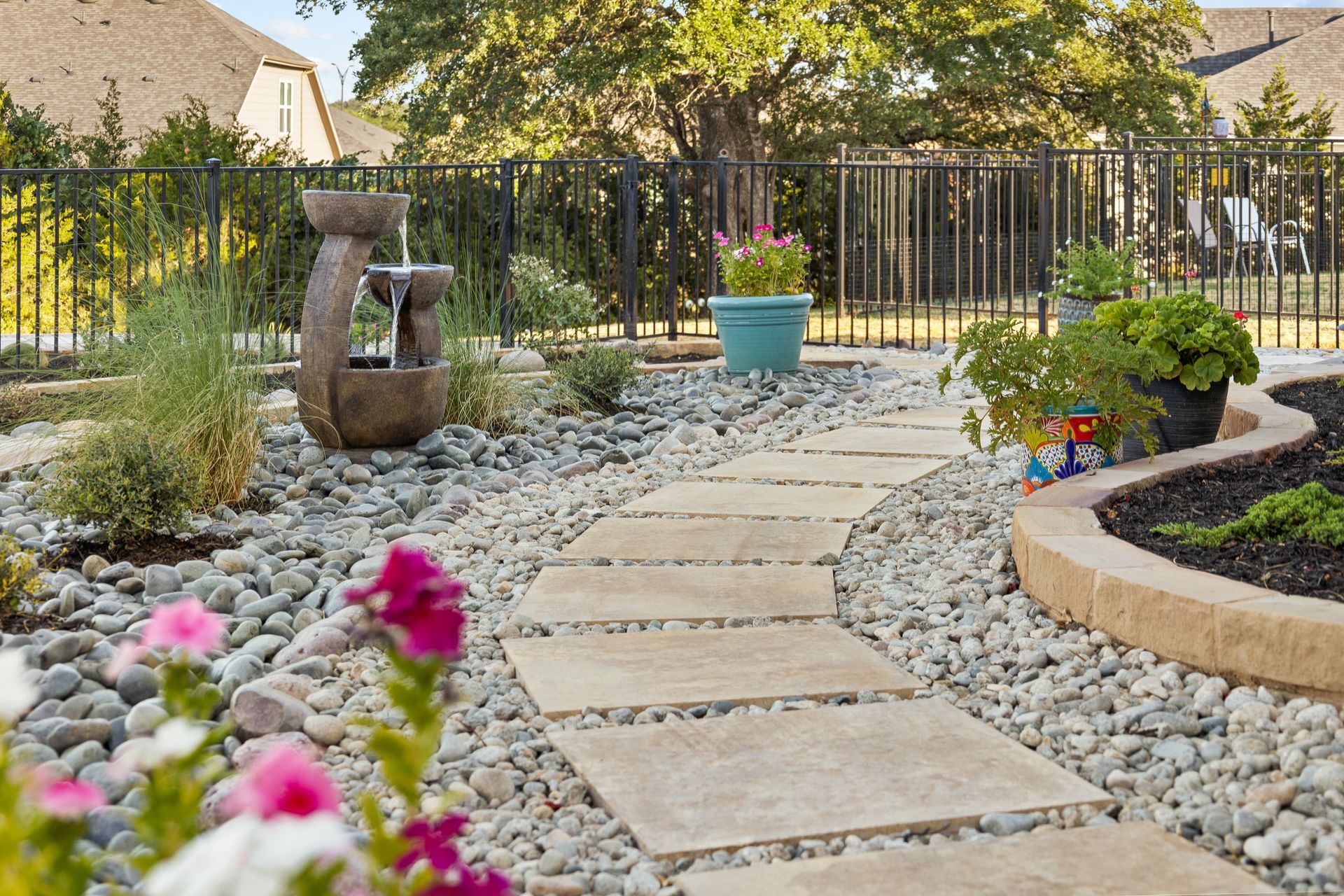

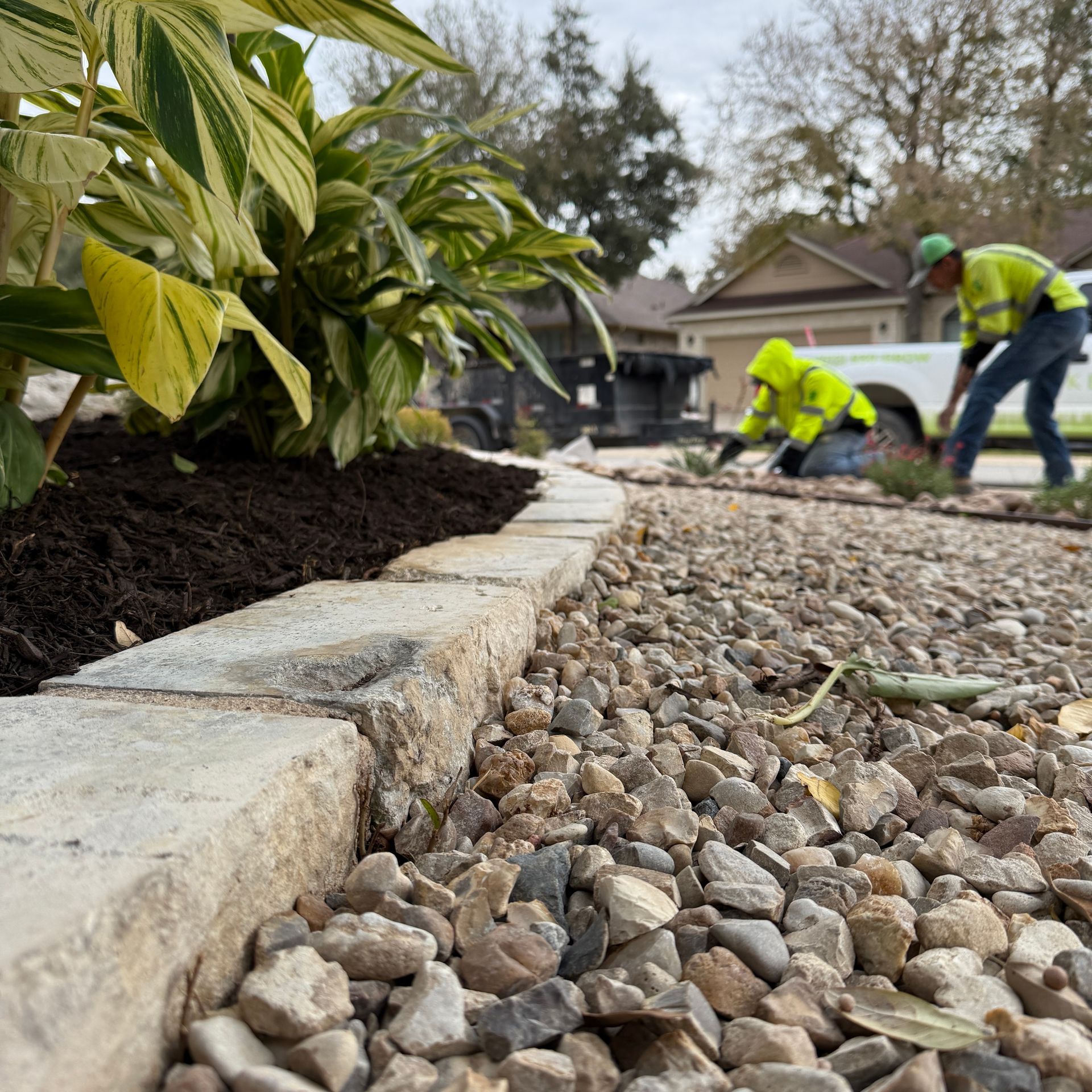

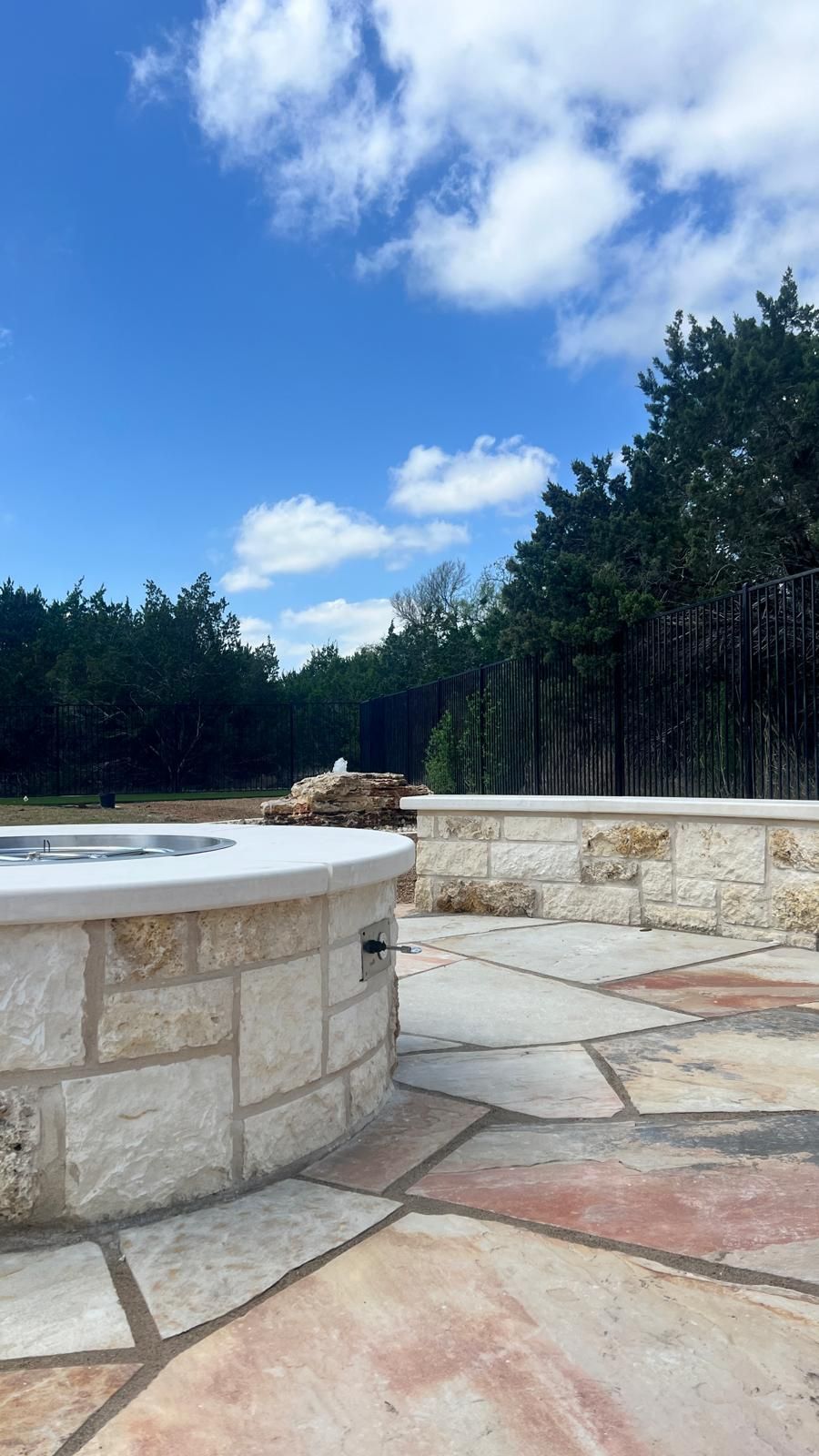




Share On: